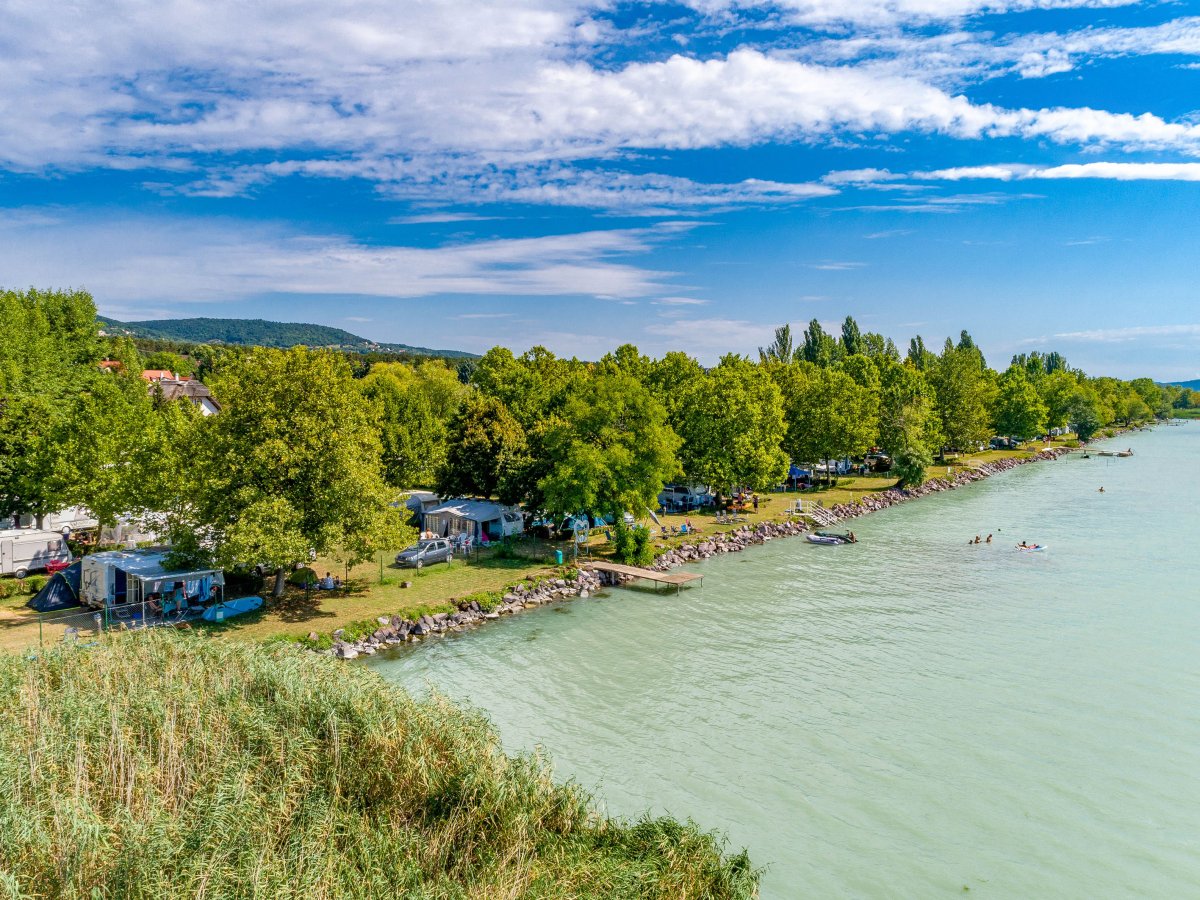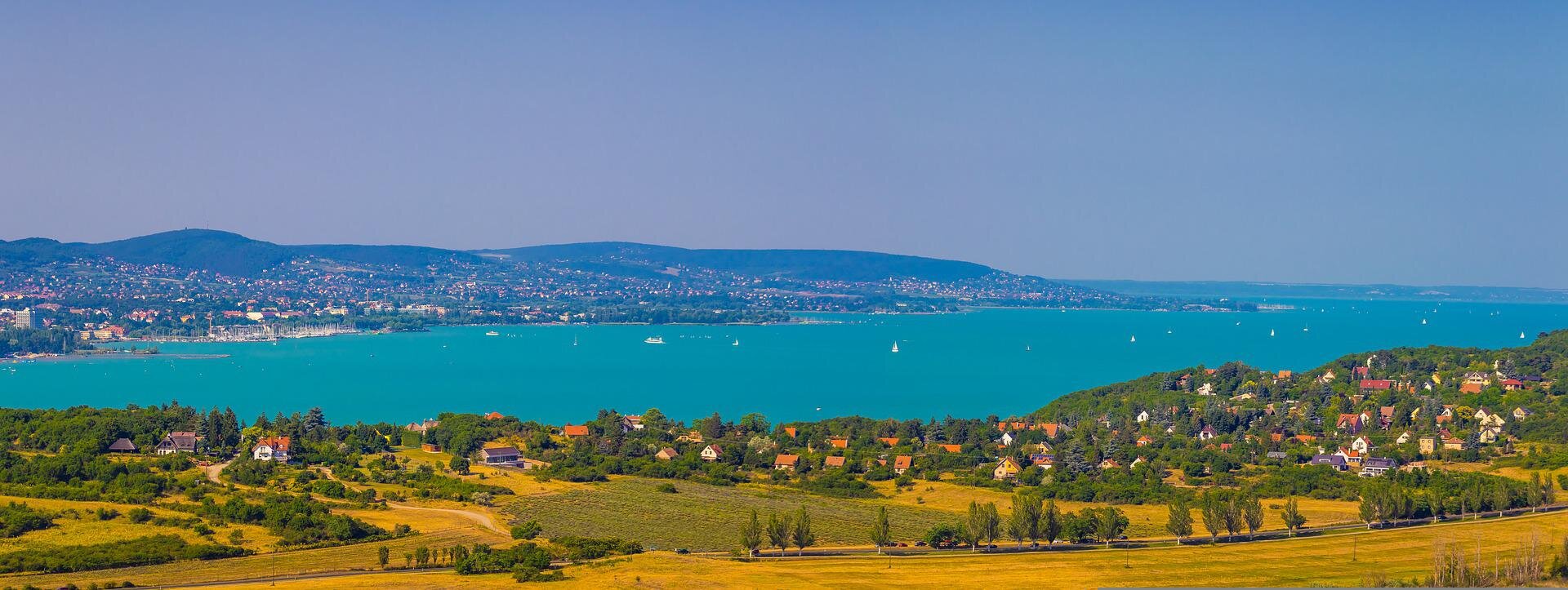Lake Balaton: Invasive species and climate change threaten its future

Lake Balaton, a beloved destination for vacationers, is facing an unprecedented ecological crisis. Invasive species, fueled by human interference and climate change, are rapidly altering the lake’s delicate ecosystem.
More and more invasive species are taking over and transforming Lake Balaton to suit their needs. Péter Takács, senior research fellow at the HUN-REN Balaton Limnological Research Institute, says we contribute to these invasions by squeezing the Balaton, building up the shore, and accelerating climate change, Telex reports.
According to the expert, our task should be to maintain a level of environmental fitness suitable for us. We are used to the water of Lake Balaton being clean and enjoyable. However, if we are not careful, invasive species may cause changes in the biota of Lake Balaton, making it unsuitable for recreational purposes. He says that if you step on a clump of mussels while leaving Lake Balaton and they cut your leg, you have experienced an ecological invasion.
For a long time, Lake Balaton was a dynamic, changing natural system with minimal human intervention, says Takács. The water level of the lake could fluctuate by up to one and a half to two meters in a short time, and people lived with that for thousands of years. The parts of the lake that are free of floodwater, where ancient settlements were built, especially on the southern side, lie several kilometres from the present shoreline. The construction of the Sió Canal has succeeded in keeping the water level lower, minimising the previous significant fluctuations.
Human activity has occupied and shaped the now flood-free coastline. This region was crucial for the biota of Lake Balaton as it had the most diverse fauna. Unfortunately, human conquest of this region has been very successful, with almost two-thirds of the current shoreline of Lake Balaton now completely converted and protected by shore protection plants.
Invasive and non-native species in Lake Balaton

Invasive species can significantly transform their environment. One example is the freshwater mussel, which arrived in the mid-1930s by clinging to barges towed up from the Danube via the Sió Canal. It was the first invasive species to fundamentally change the lake’s biota. The mussel spread rapidly and within a few years had colonised the entire paved shoreline and every solid surface in the water, including boat bottoms, piers, and even solid aquatic life.
But the mussel wasn’t the only species to enter the lake through this route. The monkey goby, the river nerite, and the quagga mussel likely also entered via the Sió Canal, with the latter appearing in the early 2000s. The quagga mussel doesn’t need a solid surface to attach to; it can form aggregates on sandy sediments, which can then cut bathers’ feet.
The release of non-native species has also negatively impacted the lake’s biota, such as the spotted and white bream introduced in the 1960s. Their mass introduction was expected to increase fishing yields and reduce algal blooms, however, these species promote aquatic blooms and feed on zooplankton, the basic food for larvae of all other fish species.
Moreover, these species have few natural enemies. They grow large and quickly, reaching 30-40 kilos and 1-1.2 meters in length within a few years, making them too big for native predators.
According to Takács, new species are often not problematic initially. However, due to the law of large numbers, sooner or later, a species will appear that can cause significant damage. Unfortunately, experience has shown that the arrival of a new species will inevitably have some unforeseen, harsh effects.
Read also:
- Lake Balaton polluted with cocaine, hormones and sunscreen – Read here
- Hungarian presidency working for competitive aquaculture – Read here



Natures laws cannot be ignored, or we will face the consequences.